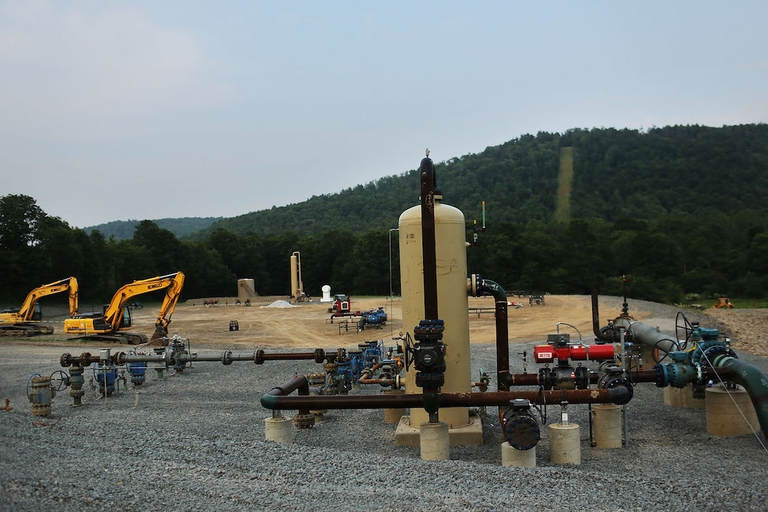
A special report from the Yuqui territory delves deep into the dreams, challenges, joys and sadness of one of Bolivia’s most vulnerable indigenous groups.
A judge has recognized the right to land of uncontacted indigenous peoples in the Amazon‘s Juruá Valley. The Brazilian government sold off protected areas adjacent to their ancestral territories at an auction, in order for oil and gas companies to conduct resource exploration including for fracking. In December last year a court decided to revoke
A judge has recognized the right to land of uncontacted indigenous peoples in the Amazon‘s Juruá Valley. The Brazilian government sold off protected areas adjacent to their ancestral territories at an auction, in order for oil and gas companies to conduct resource exploration including for fracking. In December last year a court decided to revoke the concessions granted, and order the suspension and cancellation of further exploration and production activities. The judge highlighted the social and environmental risks related to these, such as damage to local ecosystems and the daily life of communities.
The government sold an area of over 122,000 kilometres squared across a dozen Brazilian states at auction – without the preventive consultation of indigenous communities – including land in the state of Acre where there are tribes who live in voluntary isolation. The court’s sentence against this came after months of protests conducted by the Brazilian No Fracking Coalition (Coalizão Não Fracking Brasil – COESUS), a civil society movement thousands of people strong that campaigns against fracking and to raise awareness about its impact on ecosystems, communities and native peoples’ rights. During the auction of swaths of land in indigenous areas in Acre and the state of Paraná, organized by ANP (the National Petroleum Agency), the organisation carried out a blitz in which nine indigenous leaders shared their experiences in front of oil and gas companies’ representatives and the international press.
Fracking, also known as hydraulic fracturing, requires drilling deep down into the Earth and injecting high-pressure water mixed with sand and chemicals into shale rock in order to release the gas contained inside. It strongly impacts the environment as it implicates a large consumption of water as well as chemical contamination of soil and aquifers. In fact, 80% of the injected liquid returns to the surface as reflux water. Moreover, some scientists theorize a correlation between fracking and low magnitude earthquakes.
Siamo anche su WhatsApp. Segui il canale ufficiale LifeGate per restare aggiornata, aggiornato sulle ultime notizie e sulle nostre attività.
![]()
Quest'opera è distribuita con Licenza Creative Commons Attribuzione - Non commerciale - Non opere derivate 4.0 Internazionale.
A special report from the Yuqui territory delves deep into the dreams, challenges, joys and sadness of one of Bolivia’s most vulnerable indigenous groups.
The Yuqui people of the Bolivian Amazon fight not only to survive in the face of settlers, logging and Covid-19, but to preserve their culture and identity.
Jair Bolsonaro is accused of crimes against humanity for persecuting indigenous Brazilians and destroying the Amazon. We speak to William Bourdon and Charly Salkazanov, the lawyers bringing the case before the ICC.
Activists hail the decision not to hold the 2023 World Anthropology Congress at a controversial Indian school for tribal children as originally planned.
Autumn Peltier is a water defender who began her fight for indigenous Canadians’ right to clean drinking water when she was only eight years old.
The pandemic threatens some of the world’s most endangered indigenous peoples, such as the Great Andamanese of the Andaman and Nicobar Islands in India.
The Upopoy National Ainu Museum has finally opened. With it the indigenous people of Hokkaido are gaining recognition but not access to fundamental rights.
A video shows the violent arrest of indigenous Chief Allan Adam, who was beaten by two Royal Canadian Mounted Police (RCMP) officers.








